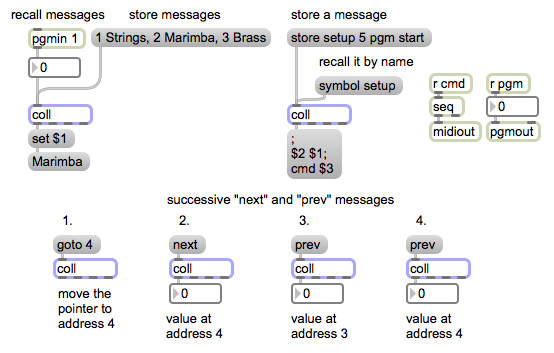
It is worth pointing out that unlike occidental music, only narrow attention was paid―in literature as well as in the industry―to computer-aided analysis of Arab music, whether the analysis of performances or the acoustics of instruments. To the best of our knowledge, this contribution is the first presenting a real-time maqam estimation model adapted and tested for an Arab instrument. The article also presented an evaluation of this model when using nāy improvisations as input. This contribution proposed a real-time maqam estimation model configured for the nāy and based on basic formulas of the Arab maqamat (plural of maqam) as explained in theory and applied in practice. Received 25 December 2015 accepted 13 March 2016 published 16 March 2016 In addition, results were very good for real-time and five-second estimation where average estimation confidence was 75.98%
Max msp 5 highest values from a list full#
Results reflected a success in estimating all the studied maqamat when the full The model was evaluated using professionally performed nāy improvisations. Used to estimate the maqam in longer durations five-second and full duration. Then, accumulated estimation results were Those two competitions were used toĮstimate the maqam in real-time.

Identifying E (E, E half-flat and E flat).

Tonic of the melodic figure, and the second was for the recognition of its Layers of competition the first was for the identification of the instant The model’s design stood on basic formulas of Arab music maqamat asĮxplained in theory and applied in practice.

This contribution proposed a real-time maqam estimation modelĭeveloped in the visual programming language MAX/MSP and configured for the Significant toward improving multimedia live music performances and automaticĪccompaniment.


 0 kommentar(er)
0 kommentar(er)
